All-time High
All-time Low
Volume(24h)
19.44M
Turnover rate
8.56%
Market Cap
227.0574M
FDV
227.1M
Circulating supply
17.1M
Total supply
17.1M
Max supply
Website
Explorers
Currency Calculator
{{conversion_one_currency}}
{{conversion_two_currency}}
| Exchange | Pairs | Price | Volume (24h) | Volume % | Confidence | Liquidity Score | Earn |
|---|---|---|---|---|---|---|---|
| {{val.marketPair}} | {{val.price}} | {{val.volume24h}} | {{val.volumePercent}} | Low Moderate High | {{val.effectiveLiquidity}} | Buy / Sell | |
Community sentiment

26%
74%


Bullish

Bearish
| Exchange | Pair | Price | Volume (24h) | Volume % | Confidence | Liquidity Score | Earn |
|---|---|---|---|---|---|---|---|
| {{val.marketPair}} | {{val.price}} | {{val.volume24h}} | {{val.volumePercent}} | Low Moderate High | {{val.effectiveLiquidity}} | Buy / Sell | |
About Kusama
Where Can You Buy Kusama (KSM)?
Kusama (KSM) is currently available to trade on dozens of popular exchange platforms, including [Binance](https://coinmarketcap.com/exchanges/binance/), [OKEx](https://coinmarketcap.com/exchanges/okex/) and [Huobi Global](https://coinmarketcap.com/exchanges/huobi-global/). The most liquid trade pairs for KSM are currently KSM/USDT, KSM/BTC and KSM/ETH. To learn more about buying cryptocurrencies with fiat, see our [comprehensive guide](https://coinmarketcap.com/how-to-buy-bitcoin/).
How Is the Kusama Network Secured?
Kusama is built using a nominated proof-of-stake (NPoS) consensus mechanism. This uses a network of nominators (KSM stakers) who elect nodes to participate in the transaction validation process. These nominators receive a fraction of the inflation reward if their nominator is selected on the next rotation. Validators that act dishonestly or don't meet performance requirements can have their stake slashed. Additionally, Kusama uses a simple queuing mechanism based on Merkle trees to resolve cross-chain transactions. Relay chain validators are responsible for moving transactions from the output queue of one parachain to the input queue of the target parachain — this is a secure, trustless process that uses the same validators on each chain to pass the messages.
How Many Kusama (KSM) Coins Are There in Circulation?
As of November 2020, Kusama has a circulating supply of 8.47 million tokens, and a total supply of 10 million tokens. Unlike some other blockchains, this maximum supply is not fixed. Instead, it increases at an inflation rate of 10% per year. The proportion of KSM that are [staked](https://coinmarketcap.com/alexandria/glossary/staking) changes how the newly minted KSM tokens (from inflation) are distributed. If exactly half of all KSM are staked, then Kusama validators receive 100% of newly minted tokens, whereas if it is above or below 50%, then some of the inflation rewards will go to the Kusama Treasury. Kusama initially launched as an airdrop to those that participated in Polkadot (DOT) token sale. These were distributed at a 1:1 rate, while those without DOT were able to obtain KSM by using a frictional faucet — this has since been decommissioned. Unlike Polkadot, Kusama has not undergone redenomination to increase its circulating supply.
What Makes Kusama Unique?
Kusama is unusual among blockchain platforms since it is predominantly built for developers that want to launch bold, ambitious projects, with a fast-evolving pace of development. It is built on a multichain, heterogeneously-sharded design that uses a nominated proof-of-stake (NPoS) consensus system — an alternative [consensus](https://coinmarketcap.com/alexandria/glossary/consensus) mechanism to the energy intensive [proof-of-work](https://coinmarketcap.com/alexandria/article/proof-of-work-vs-proof-of-stake) (POW) scheme employed by several other blockchains. This system enables it to perform rapid on-chain upgrades without a fork, and support cross-chain message passing (XCMP) to enable communication with other parachains on the Kusama network. Like Polkadot, Kusama features on-chain governance capabilities. This on-chain governance is both decentralized and permission-less, allowing anybody with Kusama (KSM) tokens or parachain tokens to vote on their respective governance proposals, which might include putative upgrades, changes to the protocol, and feature requests. This on-chain governance procedure is roughly four times faster than that offered by Polkadot, with a combined voting and enactment period of just 15 days — leading to the rapid pace of development for projects built on Kusama. The project serves projects that want to hit the ground running, launching updates and improvements without the need to implement a fork to do so — thereby ensuring maximum community cohesion.
Who Are the Founders of Kusama?
Kusama was built by the same team that created Polkadot, a company known as Parity Technologies. Its founder is Dr. Gavin Wood, a world-renowned computer scientist and programmer, who also co-founded Ethereum. Parity Technologies has an extensive team comprised of some of the world's most successful blockchain engineers, and has over 100 employees in total spread throughout the world. In addition, Kusama is funded by grants from the Web3 Foundation, which was launched to help "nurture and steward technologies and applications in the fields of decentralised web software protocols." The Web3 foundation also supports Kusama with research and community development thanks to its growth team.
What Is Kusama (KSM)?
Self-described as "Polkadot's wild cousin," Kusama is an experimental [blockchain](https://coinmarketcap.com/alexandria/glossary/blockchain) platform that is designed to provide a massively [interoperable](https://coinmarketcap.com/alexandria/article/what-is-karura) and scalable framework for developers. Kusama is built on Substrate — a blockchain building kit developed by Parity Technologies. Kusama has almost the same codebase as Polkadot — one of the most successful interoperable blockchains. By deploying on Kusama, fast-paced projects gain access to a highly scalable, interoperable sharded network, with features that are not yet available on Polkadot. To that end, Kusama describes itself as a “canary network.” The platform is designed to provide a testbed for developers looking to innovate and deploy their own blockchain and can be used as a preparatory network before launching on Polkadot — though many projects opt to stick with Kusama for their final product. Kusama benefits from a low barrier to entry for deploying parachains, low bond requirements for validators, and is most commonly used by early-stage startups and for experimentation.
Kusama News
-

Shiba Inu faces mounting threats, from security breaches to leadership concerns, impacting SHIB holders. Are there brighter days ahead, or is it time to re-evaluate?
Sep 26, 2025 at 12:30 am
-

Shiba Inu faces stagnant prices, leadership concerns, and project delays. Is it time for holders to reconsider their positions?
Sep 25, 2025 at 04:47 pm
-

Analyzing the Shiba Inu ecosystem, Vitalik Buterin's DeFi vision, and the growing concerns around DeFi risks. Get the latest insights and a New Yorker's perspective.
Sep 22, 2025 at 11:03 am
-

Shibarium, Shiba Inu's Layer 2, suffered a $4M hack. Lead dev Kaal Dhairya flags it as 'serious,' bridge ops halt. Is this a wake-up call for memecoin security?
Sep 22, 2025 at 11:02 am
-

Dive into the meme coin market with insights on Shiba Inu, Pepe price trends, and the quest for the smartest crypto investments. Is there more than hype?
Sep 20, 2025 at 03:10 pm
-

Dive into the latest crypto buzz: Pepe Coin's whale moves, Shiba Inu's recovery, and Ethereum's ecosystem boost. Plus, meet the meme coin contender!
Sep 20, 2025 at 03:00 am
-

Analyzing crypto analyst predictions for Shiba Inu (SHIB). Is a breakout coming? Explore the latest SHIB price forecasts and market trends.
Sep 19, 2025 at 06:41 pm
-

Is Shiba Inu primed for a major breakout? With futures listing and ETF buzz, we dive into the future of this meme coin.
Sep 18, 2025 at 05:10 pm
-

A deep dive into the recent Shiba Inu (SHIB) hack, detailing the $4 million loss, the community's response, and what it means for the meme coin's future.
Sep 18, 2025 at 03:10 pm
Similar Coins











































































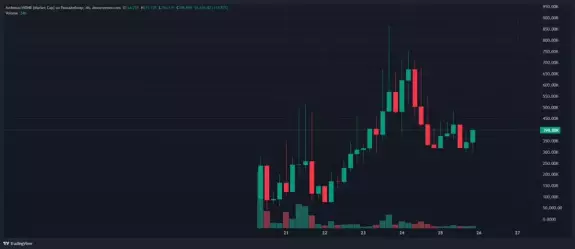
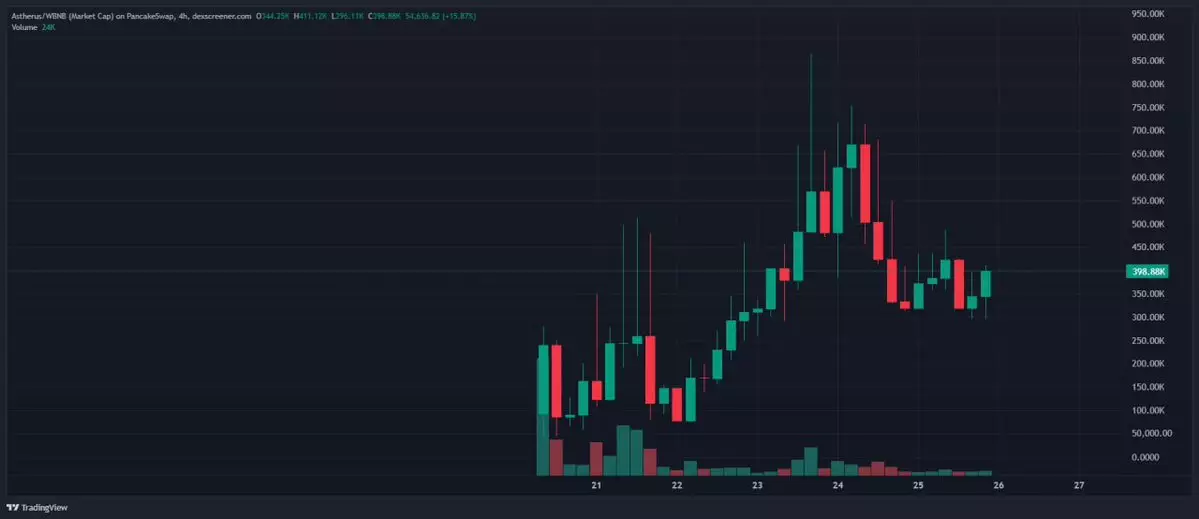

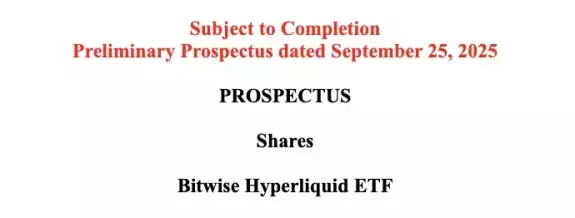
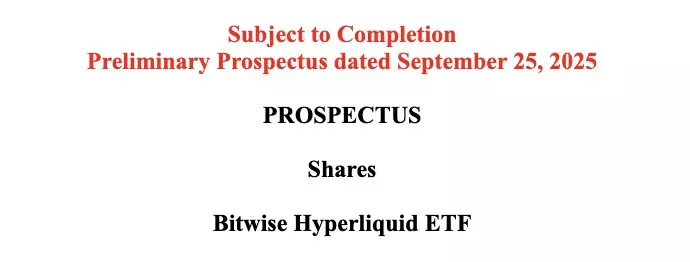



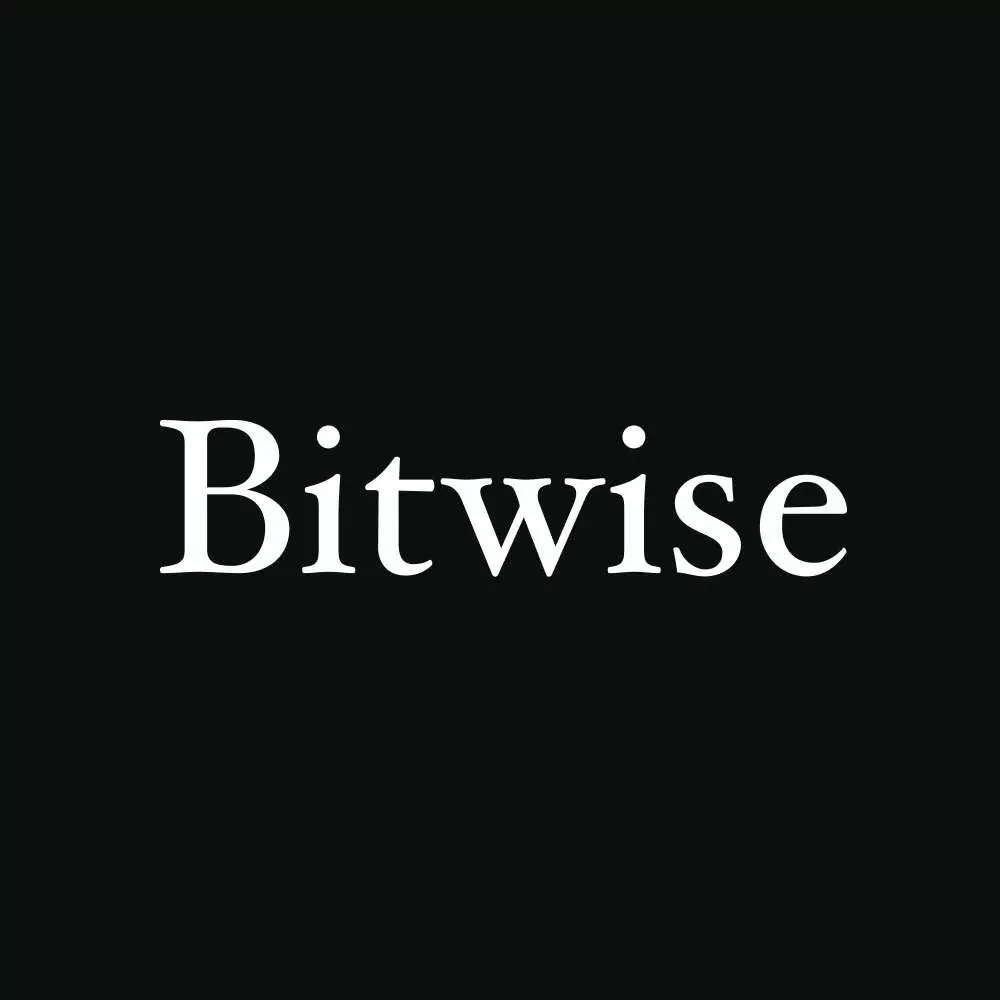



Twitter
GitHub
Close